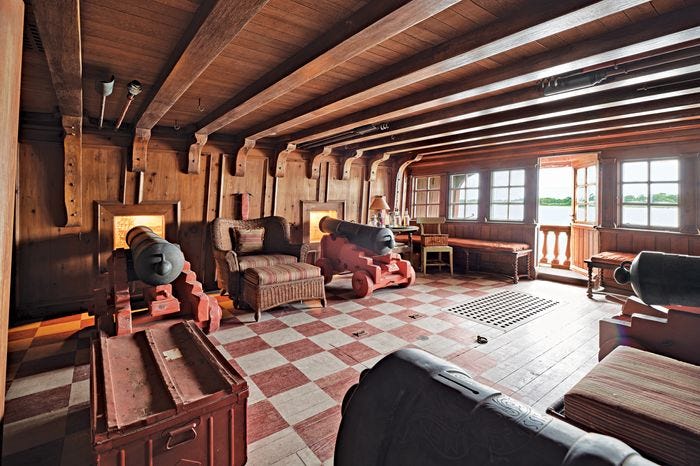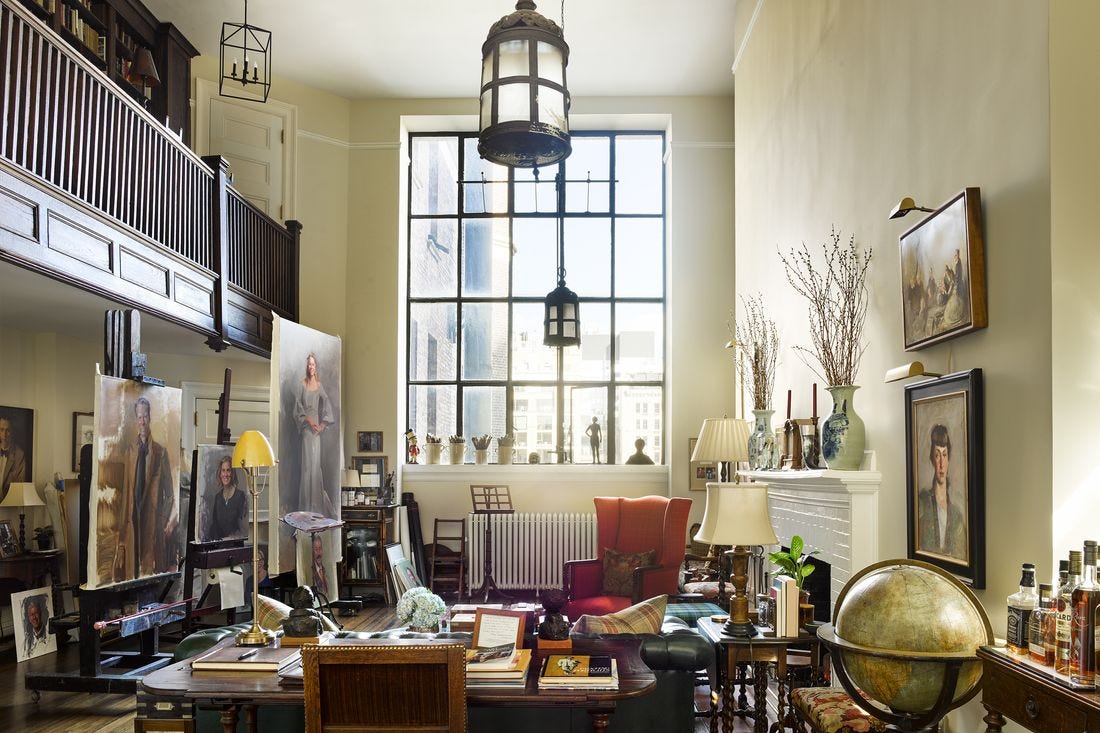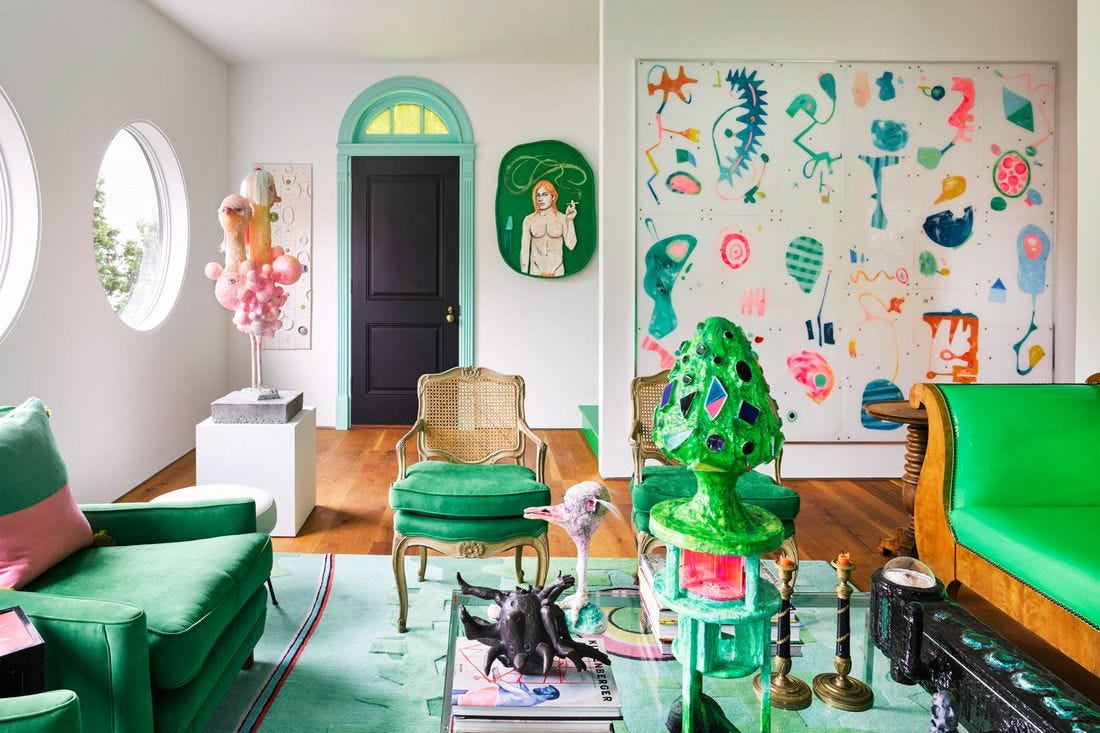The American Furniture Industry is Not Okay
Because I’m obsessed with house design generally (it’s a nice distraction from the relentless incursion of terrible news), I’ve been listening to The Business of Home podcast. It’s an insider’s look at the business of interior design, with a lot of heavy hitters from the industry, interviewed at length.
The practice of interior design—as it is with all design—is mostly about the activities that surround creativity, not just “being creative.” Interior design is at least 60% project management, sourcing, and accounting. It’s a complicated service business, where margin management is essential. And it’s very hard to manage margins when certain things keep changing, even if your business is in manufacturing, located within the U.S., supposedly bolstered by the current pile of Trump-era tariffs.
In a recent Business of Home episode, the CEO of Rock House Farm—a North Carolina-based family of furniture brands—discusses how tariffs are affecting his company’s brands, which are all manufactured in America.
Spoiler: things aren’t great.
Well, you have to determine the amount of value, which is that steel component, because a 50 percent of tariff applies to that. And then let’s say you have a stone part of that, that’s coming from a country that’s got a 19 percent tariff, right? But, you know, it’s shipping into the U.S. and then you’re assembling it with a wood bridge underneath it that you’re making here. Like, the complexities of all that become really significant.
And so when we go do the analysis of what the price change should be, I mean, we’re taking three, four people in our engineering and costing team and locking them in a room, you know, with like granola bars and bottled water for three weeks […] It’s not as simple as, well, you know, it was a thousand dollar thing and it’s got a 50% or 20% tariff to apply that…you might have two or three different tariff rates being applied to the same piece of furniture. […]
[And] how do you get the consumer to now see that product as worth the new higher price, but the extra two or three hundred dollars did not go into buying a better grade of lumber, or another 20 hours of labor to carve the posts more refined or to do better inlay?
You can listen to the entire episode on your favorite podcast platform. Apple Podcasts has a convenient transcript, from which I pulled the above quote.
Wendy Goodman Is a National Treasure
If you’ve sprung for a New York Magazine subscription1, you may already be a fan of Wendy Goodman2. She’s the design editor for New York Magazine, and of Curbed, a NY Magazine sub-site devoted to real estate and urban design. And most importantly (to me), she writes the Design Hunting feature.
Her unofficial job description seems to be “find cool homes that aren’t necessarily the product of an interiors firm, and get them photographed and shown to the world.” What a dream. If you were a fan of the old World of Interiors magazine, which specialized in idiosyncratic interiors3, you’re likely to enjoy Goodman’s work.
I mean:


Have a great weekend.
They don’t make it impossible to get around the paywall, I’ve noticed, but you should definitely subscribe!
If you’re interested in Condé Nast inside baseball, Goodman’s sister is Tonne Goodman, of Vogue. She also has a nice apartment.
World of Interiors didn’t even have an online presence until Min Hogg (its brilliant founder-editor) left the scene (died) in 2019. Condé Nast has run the magazine with a much stronger hand, since. You can see the difference in editorial direction as the new management slowly adds older content to its online archive. I don’t hate the new version, but I miss the bonkers wackiness and laissez-faire photoshoot styling that showed up in the old issues.


